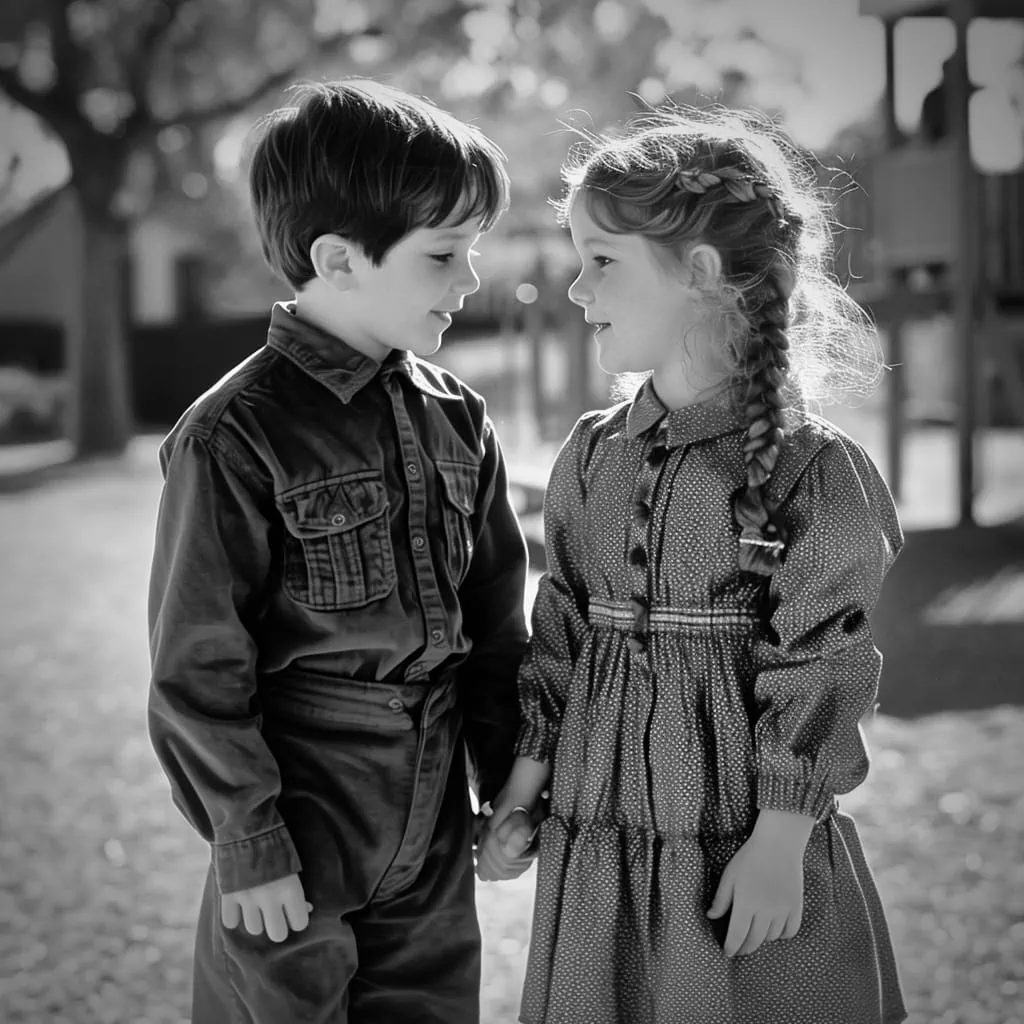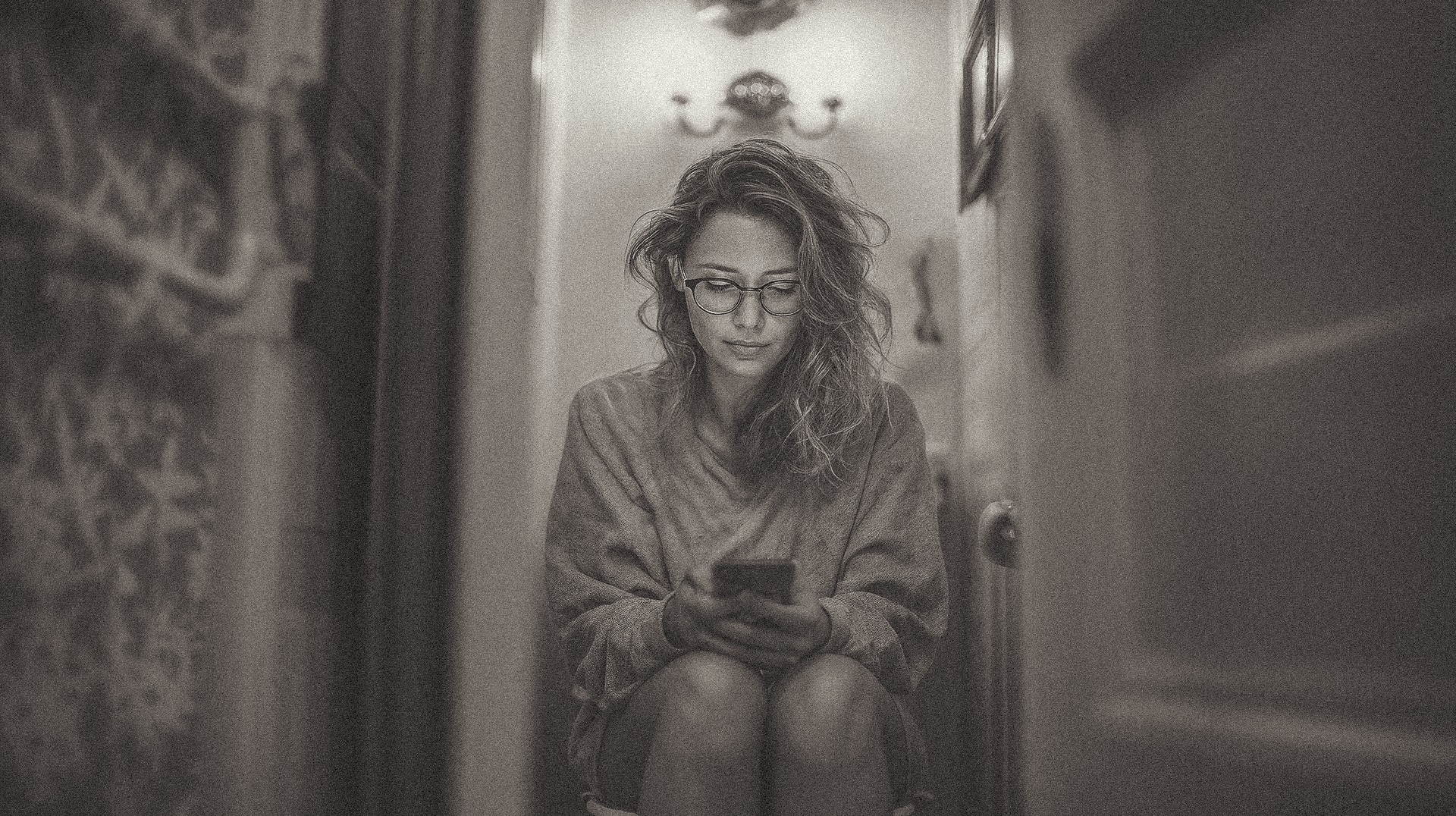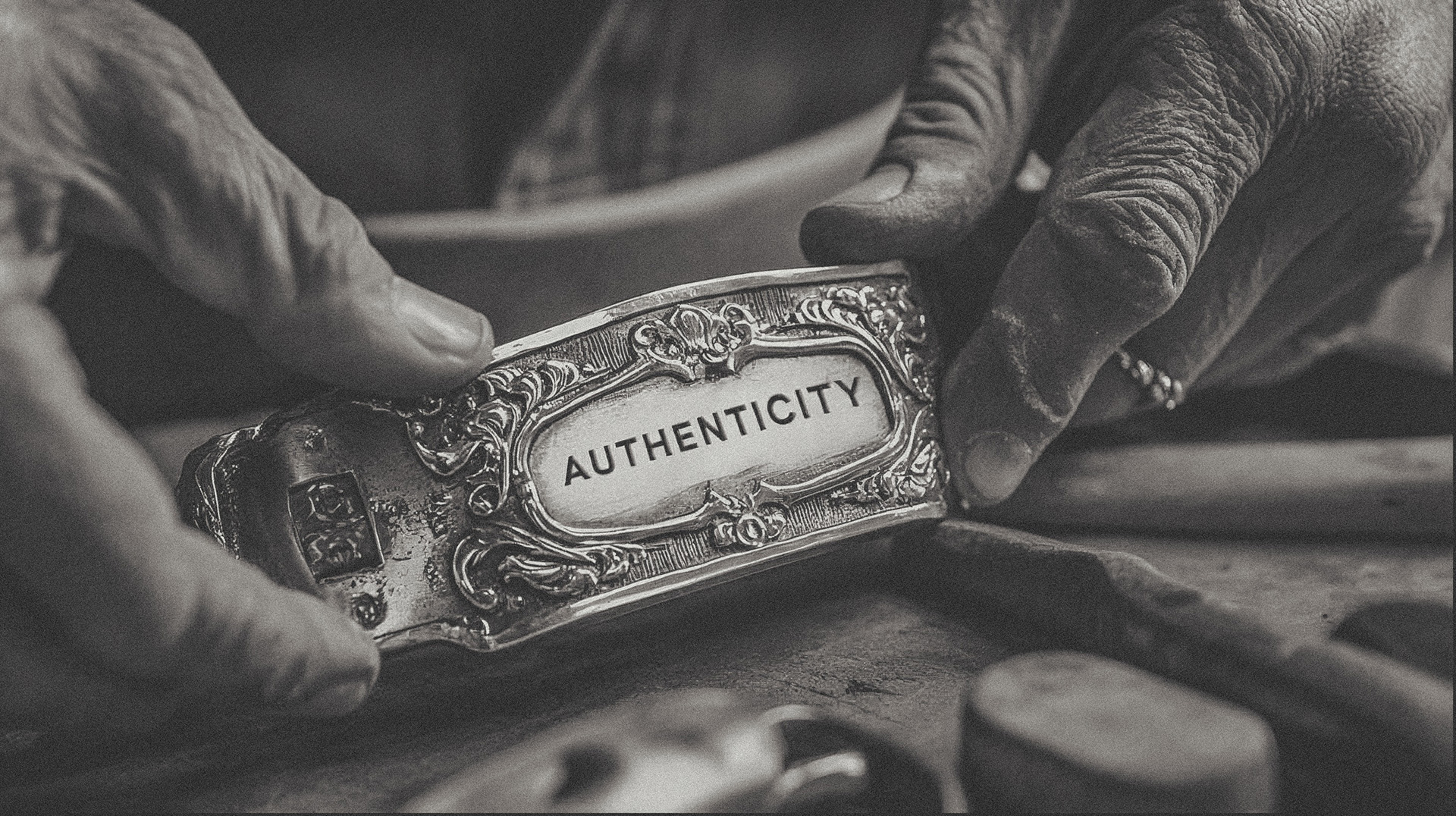Here’s the thing about creativity, the faster you chase it, the faster it tries to escape. In some ways, it’s like your schoolyard crush. You know, the one who never loved you back, until you lost interest and stopped chasing. That’s when she showed some interest with a compliment on your Garanimals.
Creativity is pretty much that. It isn’t something you can will, it is something that appears when it wants to appear. Now, that doesn’t mean we are powerless over our creativity, Harnessing creativity involves a degree of surrender, an ability to let go, which can be challenging. Our role is to accept this unpredictability and do our best to encourage its emergence.
But, before we can even begin this journey, we must reframe and understand what “letting go” actually means. Some think of this as a passive task, as if letting go is doing nothing. However, letting go is an active pursuit, with many steps before it.
Letting go means creating a mental and physical space where ideas can flow freely. It involves consciously removing the barriers of self-judgment, fear of failure, and the pressure to produce. It’s about giving yourself permission to explore ideas without immediately critiquing them or worrying about how they may be received.
Letting go also means stepping away from the constant need for control and perfection that can stifle creativity. It’s about embracing the messiness of the creative process, recognizing that often the path to a great idea is non-linear and filled with unexpected turns. This requires a level of trust in oneself and in the process along with a self-assurance that even in chaos and uncertainty, something valuable can emerge.
Are You A Creative Person?
Often, people say, “I’m not a creative person.” But in truth, creativity is an innate part of the human condition that sometimes remains dormant. It is obscured by layers of stress, routine, self-doubt, programming and external pressures. Creative people don’t have a secret formula; they’ve simply learned to peel back these layers to quiet the mind and let creativity emerge naturally.
This peeling back requires us to embrace a beginner’s mindset. Such a mindset is marked by an insatiable curiosity and a willingness to question everything. In every field and profession, from the most analytical to the most artistic, this approach can lead to groundbreaking innovations and solutions. Creativity, in its essence, is not confined to specific tasks or industries; it is a fundamental aspect of how we interact with the world as a species.
The Pressure To Produce
For those of us in a creative field, we are tasked with delivering something into the world that was not there the day before, plain and simple. An idea, a concept. It comes from us, and that puts an extreme amount of pressure on creatives, especially with looming deadlines that are sometimes directed more by an insertion or air date, than cultivating the creative spirit needed to make those pieces shine.
How do some agencies cultivate the creative process? Well, they sit us in a room with our partner to create with the clock ticking in the back of our minds. Then kicks stress in, which releases cortisol in our brain. Our prefrontal cortex, an important part of creativity, begins to shut down as the “stress hormone” works its way through. Our neural activity slows and so does our divergent thinking, all necessary for creativity to function. To make matters worse, account people and PMs are constantly “checking in.” As harmless as they may think this minor interruption is, in actuality, it disrupts focus and productivity. Some research finds that for each interruption it can take 23 minutes on average to regain the same focus. So these minor interruptions are actually harmful and self-sabotaging to those impatiently hurrying creatives to get the work out.
Then, cortisol stress kicks in even more, so we spiral, and pressure ourselves to “Try Harder,” “Be More Creative,” and that becomes the last piece to shutting down any fresh ideas we may have. Time to clock out.
To truly nurture creativity, we need to take a step back and observe our approach. Think about it. If you are trying to create a romantic night, you’ll probably not grab a booth at Burger King, or get tickets to WWE. You’ll create a mood, with dim lighting by candlelight, maybe some wine, flowers, Barry White. The approach to creativity is the same. We must create a space of calm and concentration where ideas are allowed to gestate and evolve. This might mean rethinking our workspaces, schedules, and even the way we interact with colleagues.
When Are You At Your Creative Best?
Creativity is not a one-size-fits-all approach. I find my creativity is at its best when I can simply observe others going about their day. When I release any pressure to create, and simply become present and aware of my surroundings. The sounds, the smells, the human interactions. It is my shut off switch that allows my brain to gently focus on more imaginative thinking.
I’m also at my creative best just after I awaken, often referred to as the hypnopompic state. This state is a unique and powerful period for creativity as our mind floats in a semi-consciousness, emerging from sleep but not yet fully awake. This fertile transitional phase where the mind is still in a dream-like, fluid state, allows for free-flowing thoughts and a blending of ideas that might not occur in our fully conscious state.
Here’s a question, do you know when you are most creative? Many don’t know, and without that, are working against the very nature of creativity, making every idea more challenging. The biggest leap in my creativity has been the early awareness of when I am at my best. But, this does not come without work. I had to let go of many ideas, processes, pre-conceived notions to get there. This awareness is the result of years of meditation and mindfulness. Because if you boil it down, meditation, in it’s most basic form, is simply a means to discover and cultivate awareness.
Create A Better World
However you arrive, remember that the creative process is not a linear journey; it’s a meandering path with its unique rhythm and pace. Sometimes, the best ideas emerge not in the throes of active brainstorming, but in moments of rest and detachment. Creativity flourishes in environments where it is not forced but invited and nurtured.
As we forge ahead in 2024, let’s also remember that creativity is not the sole preserve of the creative professions. It is a vital component of every field, from science and technology to education and business. Creativity is capturing fog to create drinkable water for people who need it. It is training dogs to detect seizures before they happen, or algae to capture carbon. It is using VR to safely confront trauma. Creativity is a part of who we are, not what we see or listen to. It is what moves the world forward in ways yet to be discovered. If we say we are not a creative person, because of self-doubt, giving up, or as a prequel to an idea others may not like, we are manifesting that future away.
So, let’s make it a collective effort to remove the layers that stifle our creative mind, to enter environments that nurture it, and to foster a mindset that embraces it. By doing so, we unlock not just our individual potential, but we also open up new horizons for innovation and progress in every field, leading to a better world for all. Let’s resolve to make creativity a constant companion in our personal and professional journey, transforming every life challenge into an opportunity to think, explore, and create anew.


